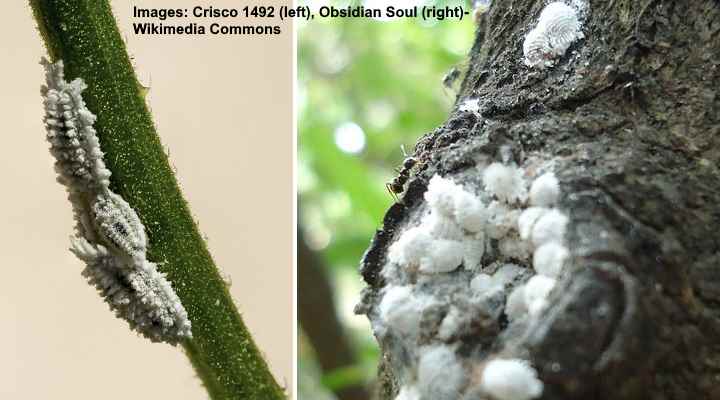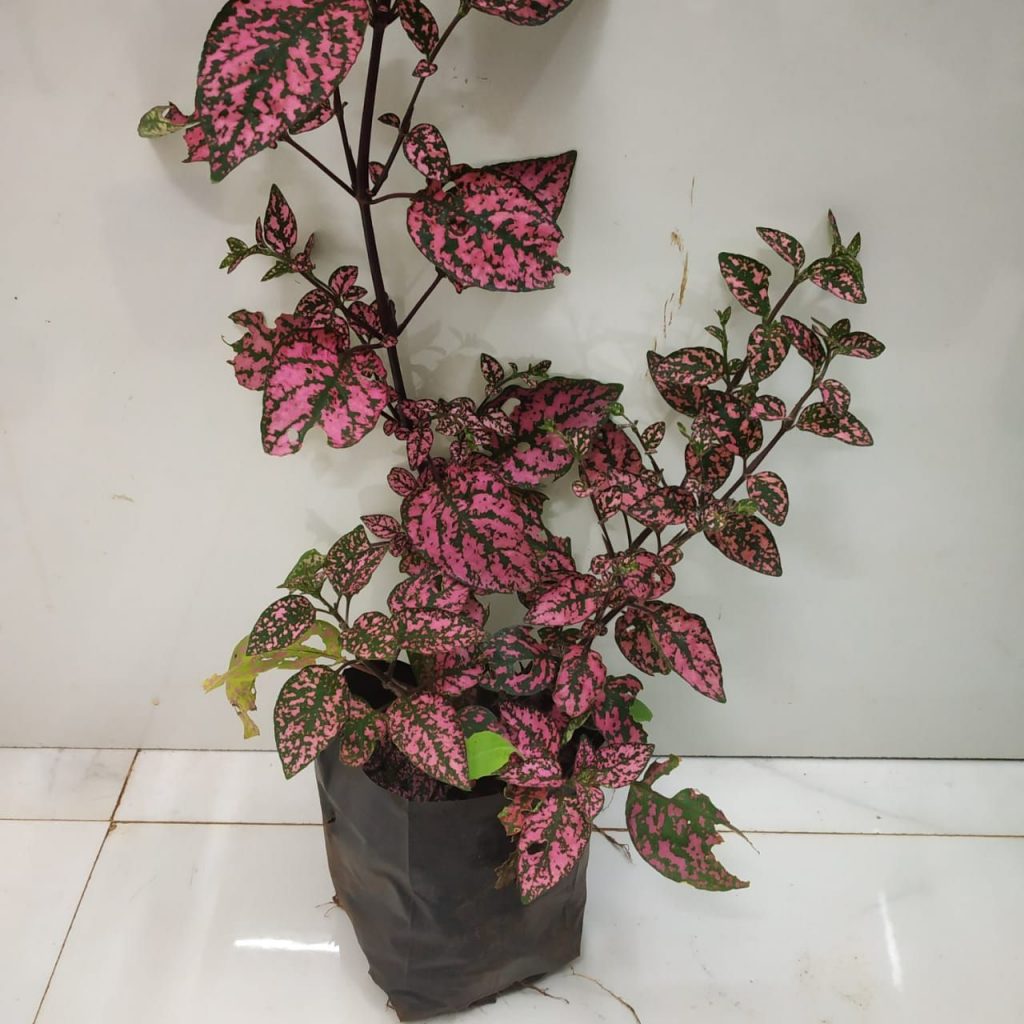Table of Content
This creates a cluster of bugs, making them easy to spot. The new crawlers move on to tight spaces to feed off a plant. During this phase, they won’t leave their feeding area. These eggs are usually covered in that cotton-like substance you see on the bugs.

It all depends on how long you plan to keep them submerged underwater. If you have a plant that’s infested with mealybugs, you could place it underwater for weeks at a time in the hopes that it’ll kill off all the mealybugs. The adult female mealybugs will mate with the males, lay eggs, and continue to eat up the plant. The best way to prevent mealybugs is to check on your plants regularity and have a close look to see if you spot any webs or small insects. You can use insecticides on mealybugs but it should be a last resort.
How to Prevent Mealybugs
The most efficient essential oils against mealybugs are peppermint oil, citrus oil, and thyme oil. However, keep in mind that essential oils are very strong, and they can damage the plants if they are not properly diluted. The best thing to do is to combine 12 drops of essential oils with a cup of water. As these wasps appear, they’ll feed on the mealybug populations and help bring down their numbers and control them.
Add two to three cups of the prepared neem soil drench to the soil around the stems of each plant. Repeat the technique every two weeks to attack an established mealybug infestation. Because pure neem oil contains highly intense active components, it potentially burns if applied directly to the leaves; it is best utilized as a soil drench. The liquid soaks into the soil, where it is absorbed by plant roots for pest control. Removing the infested parts of a plant is the first step to getting rid of these pests. If a leaf is not severely affected, you can try to simply wipe it to remove the pests and their waxy secretion.
Keep your plants healthy
This probably would be the best option, but still risky. Since having a fan and circulating air is so important to orchid growth, mealybugs become a major problem—rapidly. The leave the orchid pot and crawl all over the shelves, humidity trays, and onto other orchids. They aren’t happy just eating at one place for the rest of their lives. (I can relate.) They add other orchids to their menu, too. Mealybugs also walk, crawl, run, scatter…or whatever they do… really fast.
So this is why you want to remove it when you’re done applying it. So be sure to first test this on just a few leaves to see how the plant reacts. You can also prune off leaves or stems that have egg sacs attached to them. You want to avoid getting peroxide all over the plant because it can harm the plant. The problem with ACV is that it’s very acidic and can easily harm the plant.
They leave a “honeydew” soot
The fruit, leaves, and other tree parts are cold-pressed to produce this well-known horticultural oil. These pests are often found in greenhouses, but they also feed on many different houseplants and subtropical trees. Most insects don’t get along with other types of insects, but mealybugs often create symbiotic relations with ants. The ants protect the tiny plant pests from predators and in return, the ants get to feed on the honey juice produced by the mealybugs. Drowning doesn’t work because mealybugs can live underwater for many, many weeks.

Repeat this twice a week until you notice no more mealybugs. The hydrogen peroxide will kill the mealybugs and eggs. They may prove to be effective against mealybugs as an all-natural way to get rid of them naturally.
Rubbing alcohol
The hardest part is simply trying to find them hiding in the plant. They’re often found in hard-to-reach places, so make sure you check all parts of the plant for wandering mealybugs and egg sacs. It can kill sensitive plants, so do your research first. I use this to kill off any pests on my live plants before I move them into the home and it’s never failed. Of course, using coffee grounds will leave a coffee scent on your plants and in the soil.
They use natural factors to spread such as air circulation or ant movements. Within crops, they can spread with the help of farmworkers and farm implements. Here are the most common signs of a mealybug infestation. Mealybugs feed on garden plants by inserting their sharp mouthparts into the leaves and stems to suck sap.
These pests are known to eat both indoor and outdoor plants along with the very soil that the plant lives in. Aphids are larger than mealybugs and can be one of several colors, including bright green, brown, black, yellow, gray, pink, or white. They can have a waxy, furry appearance, but they do not have the telltale cottony look of mealybugs. Outdoor plants cannot reliably be protected from mealybugs because they're no way to limit the insects' movement.

Simply dip a cotton swab in 70% isopropyl alcohol and wipe on any affected leaf or stem. Eliminating these pesky critters will require time, consistency and persistence. A female mealybug can lay up to 600 eggs over five to ten days, and those eggs begin to hatch within several days. The life cycle from egg to adult female is around six to ten weeks, so it’s easy to see how a mealybug infestation can get out of control quickly.

